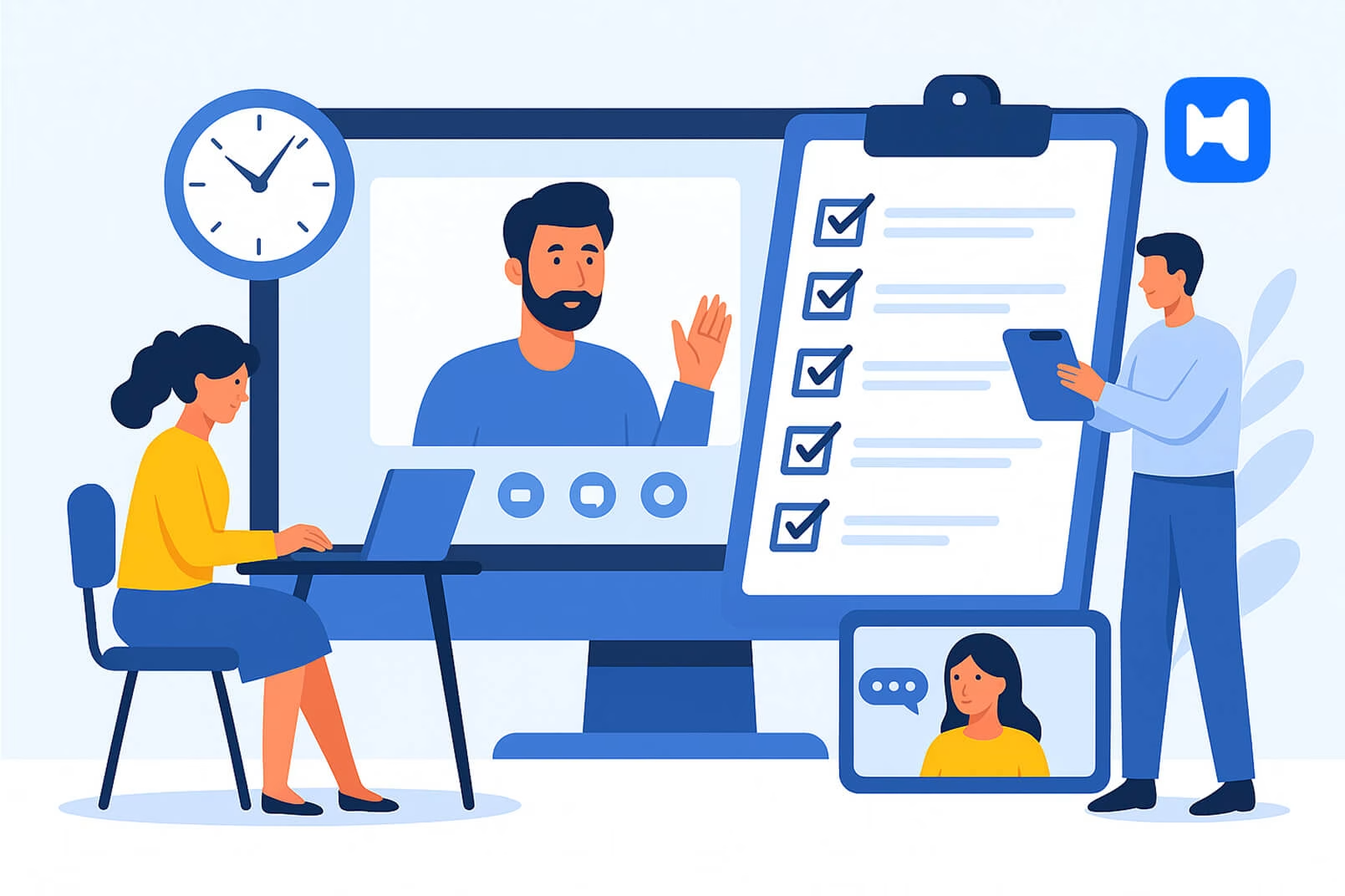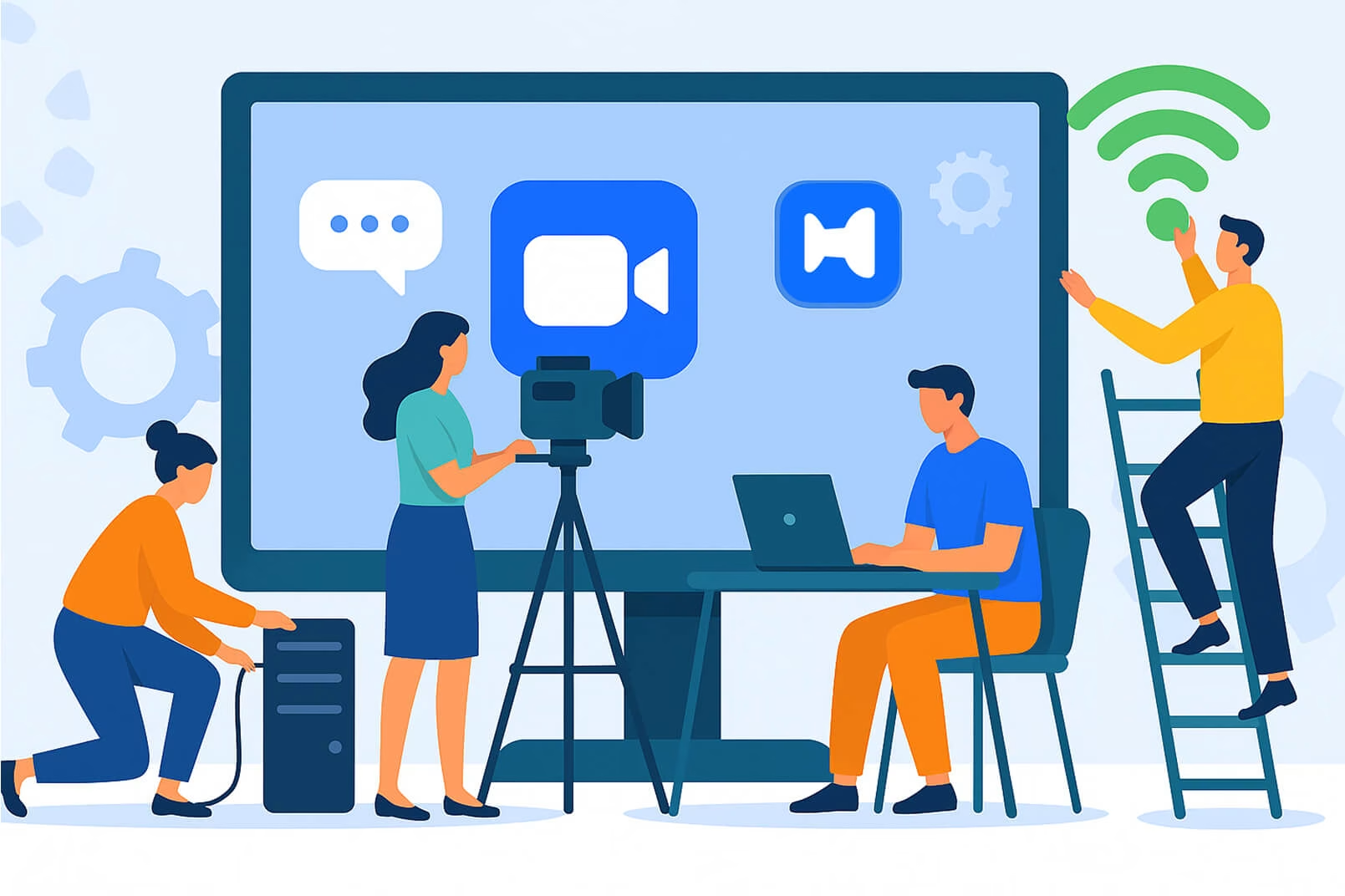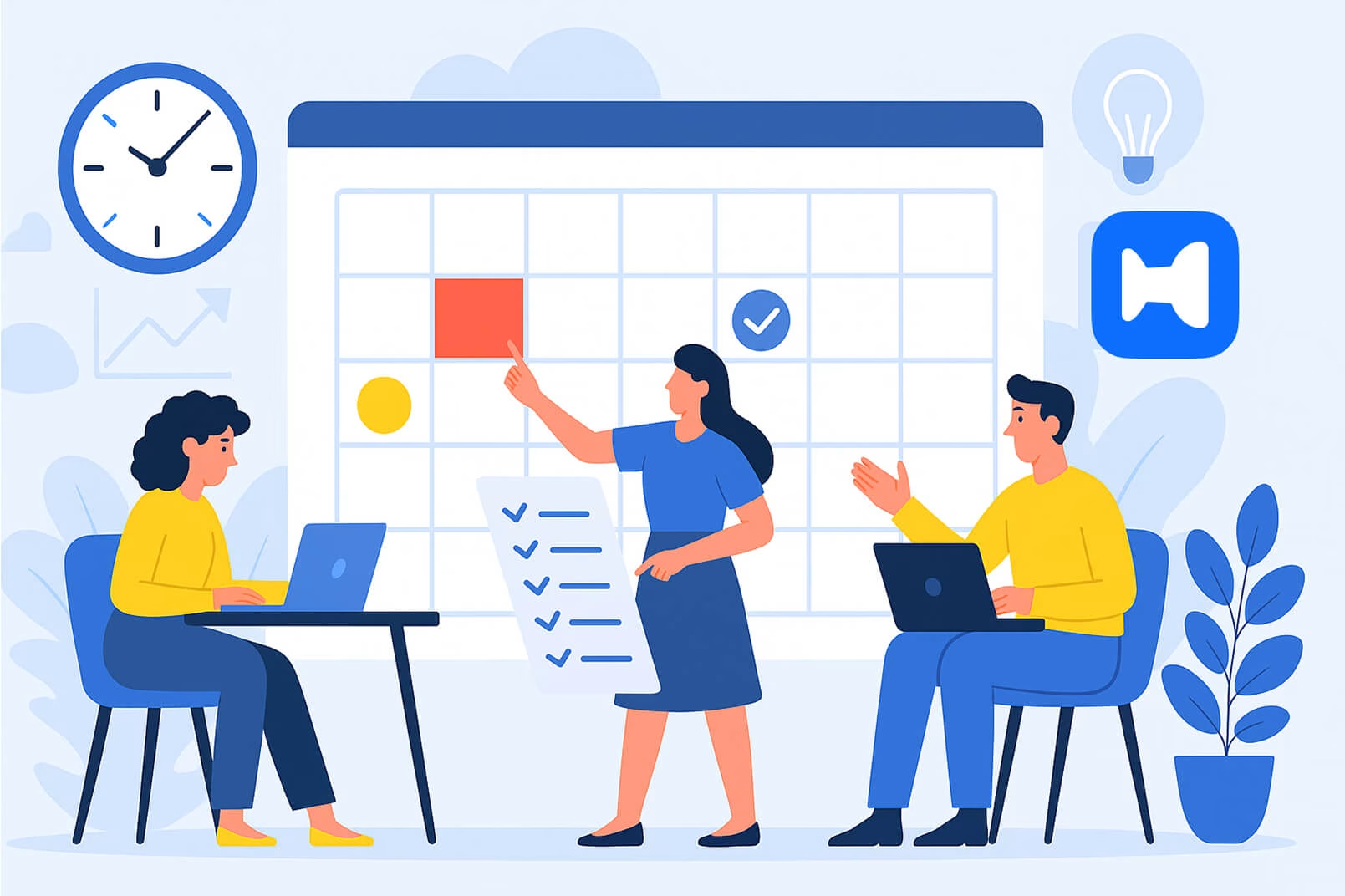Virtual events. They're everywhere now. Everyone's hosting webinars, online conferences, fundraising events, hybrid events—whatever we can cram onto a screen these days. And honestly? It’s kinda great. Event planning has never been so accessible. No venues, no flights, no awkward buffet lines. But here's the thing: virtual doesn’t mean easy.
And yet people treat it like it is. They skip steps. They wing it. They forget half the event planning checklist. And that’s when things fall apart.
Let’s talk about the big mistakes that can wreck your virtual event before you even log in.
Mistake #1: Lack of Planning Can Ruin Your Entire Virtual Event
You’d think that since you don’t need to deal with venue managers or seating charts, the planning gets easier. But no. Pre event planning for virtual events is its own beast. Without a detailed event management plan, things will get messy fast. I’ve seen events collapse because someone forgot to sync the event date across time zones. Simple, right? But no one caught it. Half the attendees showed up at the wrong time. Whole thing just unraveled.
You need to know who’s doing what, when, and how it connects. All the components, all the details. The event planning process isn’t just about lining up speakers—it’s about making sure the entire event runs smoothly from start to finish. Top event planners live by this.
But people skip that because they think the event management software will somehow "handle it." It won’t. You still need to map it out. Event organizers who succeed are the ones who sweat the small stuff early.

Mistake #2: Choosing the Wrong Event Technology
Speaking of software—can we talk about bad tech for a second? Using the wrong event tech tools is like building a house on wet sand. And yeah, some people pick the cheapest event management platforms because it “looks simple.” Simple isn’t always scalable. I’ve watched large events break under the weight of a crashing platform. Suddenly no one can check in, chats disappear, audio cuts. Total disaster.
Test your event technology like your job depends on it. Because honestly, your event’s success does. And make sure you’ve got support that isn’t just a chatbot sending you to the FAQ section while your entire audience is locked out.
Don’t forget the practical stuff either—like checking if your event app works well across devices, if the check in process is simple, and whether your event management software can handle attendee management without making people jump through hoops.
Mistake #3: Neglecting Attendee Engagement
Even when the tech works, people often forget the real killer: silence. The worst mistake in virtual event planning is ignoring attendee engagement. You can't just stream a two-hour keynote and expect people to stick around. If they’re not involved, they’ll drift. They'll scroll Instagram. They'll answer emails. They’ll mentally log off while you’re still talking.
You’ve got to pull them in. Ask questions. Use polls. Throw random surprises into the event program. I once joined a social event where they did speed networking every 20 minutes—was it chaotic? Oh yes. Did it keep people awake? 100%.
There are so many simple ways to keep people active:
- Drop quick polls to get real-time feedback.
- Run short Q&A sessions throughout, not just at the end.
- Use live chats and encourage reactions, emojis, and shoutouts.
- Build in breakout rooms or mini-discussions to keep the flow dynamic.
And sometimes it’s not just the content—it’s the vibe. Event planners who understand this bake interaction right into the structure. No one remembers a passive webinar. They remember memorable events where they actually felt like they were part of it.
Also, engagement tools aren’t just for fun. They’re part of modern event planning tools and help you collect event data to measure what worked and what flopped. It’s not just a bonus; it’s essential.

Mistake #4: Skipping Rehearsals and Event Day Preparation
But even if you plan well, even if your tech is rock solid and your audience is engaged, you’re still not safe if you skip rehearsals. I’ve lost count of how many event organizers think they can wing it on event day. They assume their speakers will just magically know when to unmute, what slide comes next, how the transitions work. Guess what? They won’t.
You have to rehearse. Full run-through. With everyone. And yes, it feels awkward the first time. But that’s where you catch the glitches—like the speaker whose webcam randomly dies halfway through, or the moderator who doesn’t know where the event app features are. Without that dry run, you’re gambling with the entire event.
Rehearsals also give you a chance to test the technical aspects like screen sharing, speaker transitions, and check in flows. It’s the difference between a smooth experience and a total mess.
Mistake #5: Ignoring Feedback and Post-Event Analysis
And here's the kicker: even when the event’s done, you’re not. I know a lot of event managers who hit “end meeting” and immediately move on to the next event without looking back. Big mistake.
You need feedback. Real feedback. Fast. Send out surveys while the event details are still fresh. Ask about the content, the platform, the registration forms, the check-in process, even the flow of the event program. People remember the friction points. They’ll tell you what worked—and what didn’t. That’s where you get better.
But some teams never act on that data. They collect it, skim it, archive it. And then? They make the same mistakes in future events. Don’t be that team. Use the feedback. Apply it. Build on it.
It’s not just about the event itself; it’s about building a smarter process that gets better every time. That’s how you grow your event planning skills and run successful events.

Additional Mistakes to Watch For in Virtual Event Planning
When organizing virtual events, it’s easy to focus on the flashy parts—like the speakers, the platform, or the visual design—and completely forget about the practical details that quietly make or break your event. These less glamorous elements often get pushed to the side, but they’re essential for delivering a seamless, well-attended, and stress-free event.
Here’s a quick breakdown of the small but critical areas you should never overlook:
Conclusion: How to Deliver a Successful Virtual Event
Look, planning events is always messy. Whether you’re doing in-person, hybrid, or fully virtual, something will always go wrong. That’s just how events work. But when you’ve got a solid plan — and the right tools backing you — the chaos becomes manageable.
That’s where Wellpin comes in. It’s not just another event platform. It’s the system that keeps your logistics tight, your speakers on track, and your team one step ahead. From managing agendas and registrations to coordinating tech checks and handling live engagement, Wellpin gives you actual control over the moving parts — without getting in your way.
So use this checklist. Combine it with a platform like Wellpin that’s built to support modern teams running modern events. And walk into your next one feeling like, yes — you’re ready.
- Confirm Event Details
Double-check the event date, time (including time zones), agenda, and speaker lineup. Make sure everyone knows their role and timing. - Test Technology and Platforms
Verify all links, access permissions, internet connection, audio, video, screen-sharing, and attendee engagement tools across devices. - Rehearse with the Team
Run a full rehearsal with all speakers and moderators. Confirm transitions, presentation flow, and who manages each part of the event. - Prepare Audience Engagement Tools
Set up polls, chats, Q&A sessions, breakout rooms, and networking features in advance. Assign moderators for chat and interactions. - Check Registration and Communication
Ensure the registration process is smooth. Send final reminders with links, instructions, and an updated agenda to all attendees. - Review Sponsor and Stakeholder Requirements
Confirm sponsor visibility, materials, and VIP access details. Make sure sponsors and key partners have everything they need. - Have a Backup Plan Ready
Prepare contingency steps for tech failures, speaker no-shows, or unexpected issues. Share the emergency plan with your team.
Virtual events aren’t going anywhere. Might as well get good at them.
And hey—see you at your next event. Probably online. Probably with coffee in hand.




